Review by Pete Vack
Fred Wacker, Gentleman Racer
Compiled by Fred Wacker III and Bob Birmingham
177 Pages, color and black and white photos, hardback, no slipcover
ISBN 978-159598-785-3
$49.95 plus shipping
Buy Here https://henschelhausbooks.com/product/fred-wacker-gentleman-racer/
Last week in VeloceToday we presented, in his own words, Fred Wacker’s description of racing Formula I Gordinis in Europe, thanks to an interview recorded by S. Scott Callan before Wacker’s death in 1998. Fred Wacker III’s new book about his father compliments Callan’s work and covers a much wider spectrum, including Wacker’s youth and family connections in the Chicago area. (Yes, Wacker of Wacker Drive.)
After Wacker’s death, “a couple of dusty boxes of racing history that had languished for almost fifty years on a shelf of a basement” were found by his son, Fred Wacker III. They held the contents that would be made into a book telling the full story of Fred Wacker, Jr., as a racer and as a person. While the Wacker racing years were not totally unknown to young Wacker III, his father had given up racing years before he was born. And with the help of friends Timm Reynolds, John Szymanski and in particular Bob Birmingham, Wacker’s story of racing in the 1950s came to life.
Some clarification here. Frederick Wacker arrived in the Chicago area around 1852 after migrating from Germany, and established a brewing company. His son Charles also established a brewery for German style lager beer and was prominent in civic affairs, so much so that that in 1922, Wacker Drive in downtown Chicago was dedicated to honor Charles’ long standing community services. Charles’ son, Fred G.(Fred Wacker Jr.’s father) went his own way and founded AAMCO, manufacturing a line of engine rebuilding tools. Fred Wacker Jr. was a capable and hard working businessman who increased the fortunes of the family company and eventually retired from racing in 1956 due to increased business commitments.
As mentioned, ex-banker, race historian and occasional VeloceToday contributor Bob Birmingham played a big role in researching and writing the biography. The book’s focus allows Birmingham to relate the history of the Chicago and Milwaukee SCCA regions that Fred helped create in the early 1950s, and Bob does a great job pulling it altogether with interesting bits about Jim Kimberly, John Fitch, George Weaver, Tommy Cole and even Sally Chapin. Birmingham also sheds some light on the early events at the Studebaker test track, one such in 1951 covered by the Bob Temple photos in VeloceToday.
After participating in the early road racing successes at Watkins Glen and Bridgehampton, Wacker, Kimberly and C. Bayard Sheldon searched out suitable locations for a similar event in the Midwest and found the town of Elkhart Lake, which was already a summer resort town for wealthy Chicagoans. Before you could say Briggs Cunningham, a race through the streets was run in the summer of 1950. In a series of red labeled asides in the book, the historical markers created to commemorate the original race course are explained and illustrated; Wacker’s Wend, Briggs’ Bend, Kimberly’s Korner, etc.
Of course there was tragedy along the way, and the name of Fred Wacker and the 8 ball Allard was closely associated with the death of young Frankie Frazzari at Watkins Glen in 1952. The accident, along with several others at Bridgehampton in the spring of 1953, meant the end of racing on any public roads. At the same time, Wacker was President of the SCCA (still the leading sports car club in the U.S.) and actively working with General Curtis Le May to hold SCCA sanctioned events at a variety of Strategic Air Command bases around the country, allowing sports car racing not only to survive but prosper in a much safer environment. While addressing the issue honestly, the scope of this biography also enables us to see much more of the man and his accomplishments.
Engagingly, the authors explore Wacker’s race record. For the eight years he raced, he showed steady placings rather than a lot of first place results; he was not a Kimberly whose passion to win was on overdrive. From his first race in an MGTC at the Glen in 1949 to his last, a 6 hour enduro at Road America in 1956, Wacker garnered three overall wins and eleven class wins, and his car of choice was usually the Cad Allard J2R, though he drove an Arnolt Bristol, Porsche, Cunningham and a C-Type Jaguar as well.
But Wacker’s showing in Europe, driving an unknown car on unknown and dangerous venues against the finest the world had to offer can be seen as exemplary. He placed third in his first race with the Gordini at Chimay, 9th at Spa, sixth at Monza and AvusRing in 1954.
And then there was the music
A little known aspect of the many sides of Fred Wacker was his musical abilities and interest in jazz. Shortly after his discharge from the Navy at the end of the war, Wacker headed a small band called “Freddie Wacker and the Windy City Seven,” and by 1959 had assembled a jazz swing band called “The Fred Wacker Chicago Big Band.” During a discussion with Fred’s son, this reviewer wanted to know more about this part of Wacker’s life, and the next day a mint and unopened LP album arrived. Said Fred III, “My dad would arrange the chart books in our basement on Saturday mornings before Saturday night gigs. Once in a while my mother would take me to see the big band play. All of those guys were top Chicago side men in the day and they just played by sight reading those charts which were really terrific. Warren Kime and Kenny Soderblom are the people that did a lot of the arrangements.” In fact almost all of the band members that played for the album had also played with top notch bands such as Stan Kenton, Glen Miller, Quincy Jones, Dizzy Gillespie and Woody Herman. I hesitated for a while before breaking open the mint LP, but finally did and was bowled over by the total professionalism of the band and the sweet jazz swing sound that was originally recorded in 1965… I’m going to have to get copy out to Jim Sitz!
A few minor criticisms of the book: The red banded call outs, while useful, are often overdone placed in a sparse text. The lack of an index is unfortunate, but if a second edition is called for a proper index will be added. Finally, we are left wanting to learn more about Wacker and his life and family.

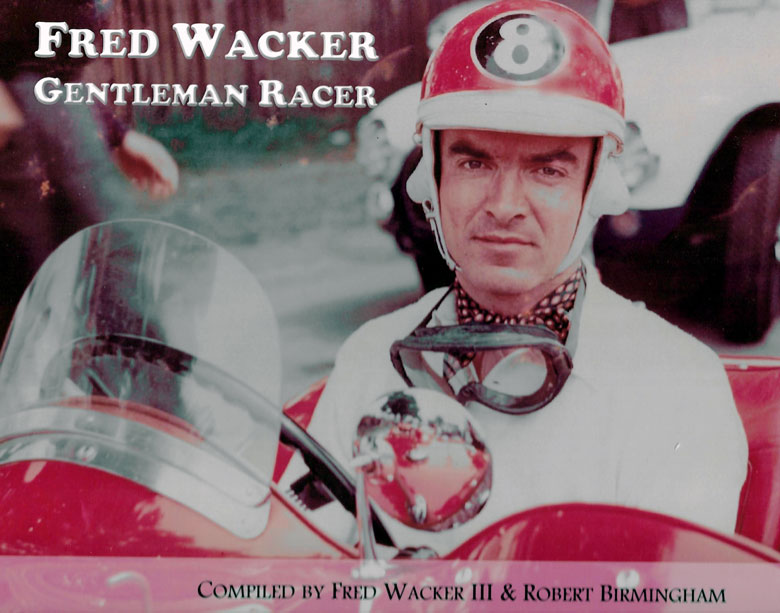
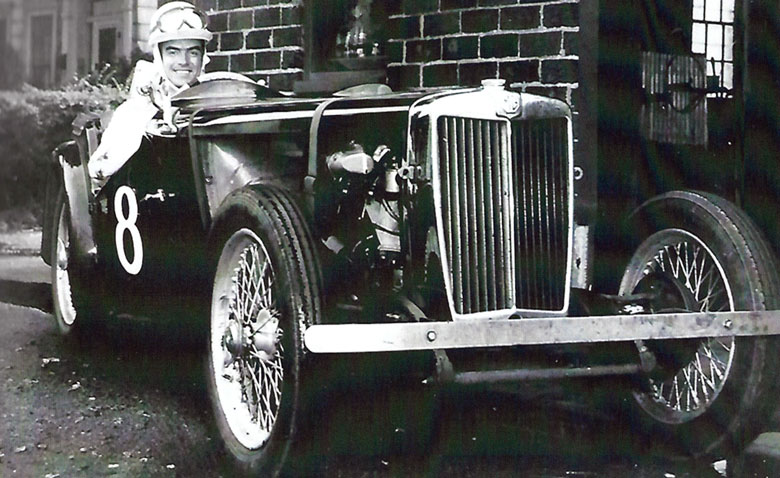
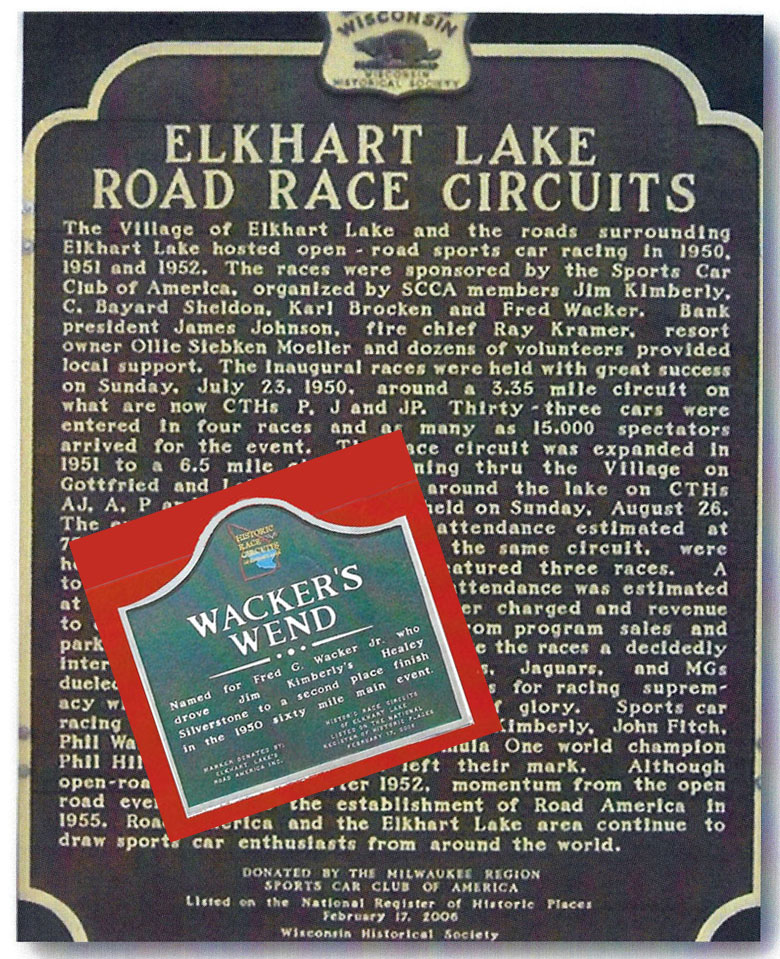
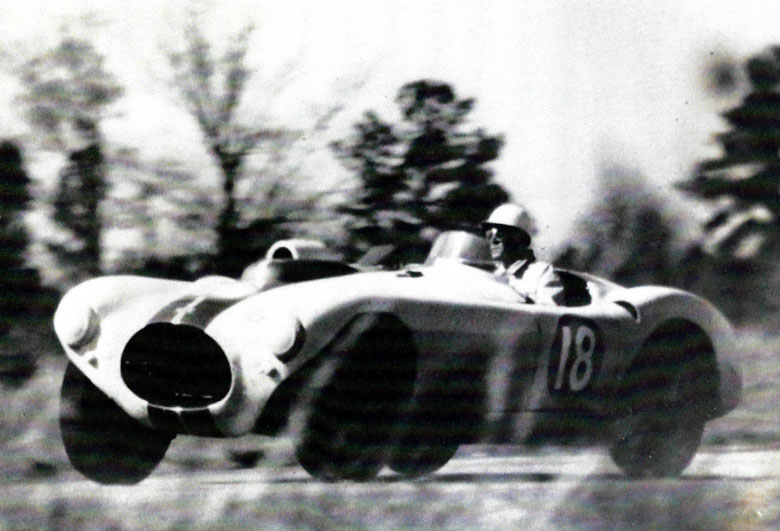
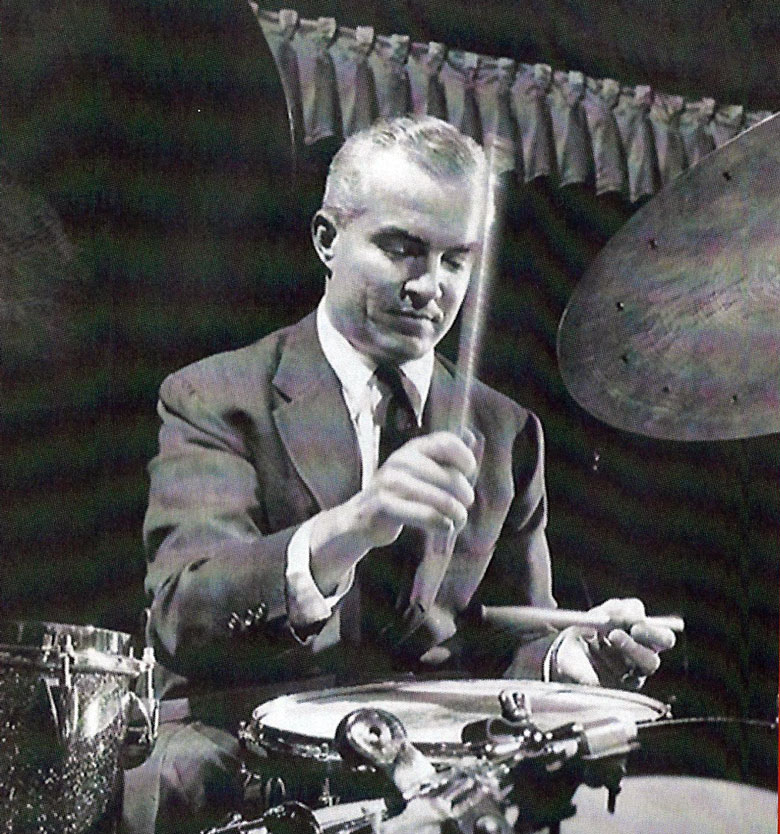
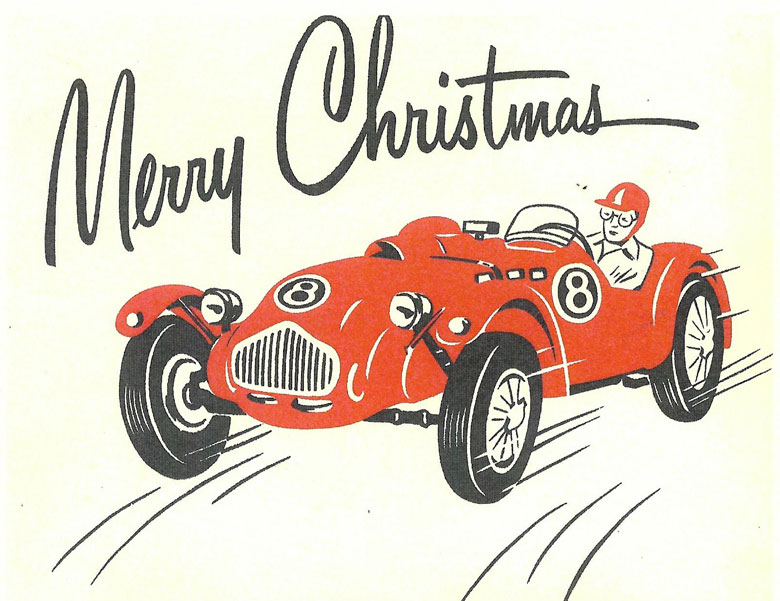
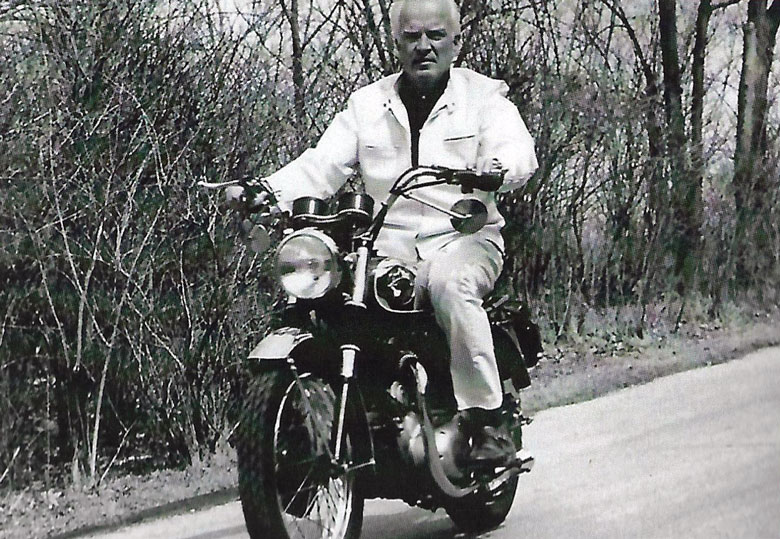
Nice read, Fred was an accomplished racer with talents in many fields.
I tried to contact the families with documents over the years that fill in the story.
Never did get any responses though.
Bob’s photo link above contain 5 missed examples.
I wonder who hosted and officiated the 1951 Studebaker proving ground race in the link?
Respectfully submitted,
John
When I was in college I went to a dance at a private club in Chicago. The music was supplied by an excellent quartet whose drummer was Fred Wacker. I suspect that I was the only guy there who knew that Fred was a car guy and an ex-racer. I did not realize then or until I read the review that Fred was n active businessman. I always assumed he was a rich, nice guy who played with cars. Obviously, he was more than that.
Fred was a super guy and and a good friend.
My first summer job was at his Ammco Tools in North Chicago. The McKellars and the Wackers were good friends from Lake Forest and Lake Bluff.
Fred was my advisor on my first Enduro motorcycle back in 1968 and he recommended at motorcycle riding instructor, Theresa Wallack, which I consulted with and eventually convinced her to move to Phoenix, Arizona in 1972.
Such fond memories!
Donald M. McKellar, III, Prescott, Arizona
Can anyone tell me who will be distributing this book in Europe and/or what international retailers will have the book? I cannot get a response from the publisher.
The reportage is a terrific reminder of Fred’s racing in Europe with Gordini. He did darned well with these underpower but light racing cars. No one else in that era did what Fred did. Johnny Parsons came close to a drive for Ferrari but IIRC he was loth to give up the American series that he knew so well.